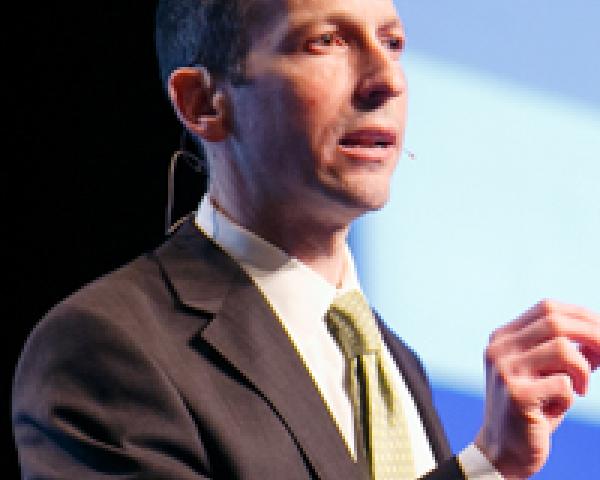If there’s one thing management gurus like to do early in a year, it’s make predictions – and customer experience (CX) experts are no different.
But business predictions are like weather forecasts. Everybody consumes them, but rarely does anybody look back to check their accuracy.
Back in 2014, for example, 89% of companies surveyed predicted that – within two years – they’d be competing mostly on the basis of customer experience (Gartner). Yet, here we are five years after that prediction, and there’s widespread stagnation in customer experience quality (Forrester Research). Overall U.S. customer satisfaction is at the same level it was a decade ago (American Customer Satisfaction Index).
In study after study, companies say they’re going to increase their focus on customer experience. At the same time, CX gurus issue rosy annual prognostications about how that enhanced focus will manifest itself – such as in these examples, culled from prediction lists over the past couple years:
- Companies will create more customer-centric cultures, using new recognition systems and training programs.
- Companies will use technology to digitally transform the customer experience.
- Companies will go the extra mile by empowering their employees to surprise and delight.
- Companies will use robotic process automation to speed customer transactions.
- Companies will leverage AI to automate customer interactions without making them feel mechanical.
- Companies will break down silos and align customer experience strategies across functional domains.
- Companies will use predictive analytics to create more personalized customer experience.
- Companies will overhaul their voice-of-the-customer programs, relying more on text analytics of unstructured content, such as survey comments, call center recordings, social media conversations and online chat sessions.
However, despite all the expert predictions, despite all the pledges to focus on CX, the needle has not moved much for many companies. The disparity can’t just be attributed to heightened customer expectations, as even objective measures of CX maturity indicate that the vast majority of organizations lag in this regard (so much for that increased focus).
The problem is that many companies pay lip service to customer experience, pursuing it to create good annual report copy, rather than to drive fundamental changes in how they do business. When push comes to shove, CX initiatives are often subordinated to other priorities and starved for funding, according to the Qualtrics “State of Customer Experience Management” report.
That’s an unfortunate outcome, given the compelling evidence available that illustrates the ROI of a great customer experience (as well as the penalties exacted for a poor one).
See also: The Best Boost to Customer Experience
This is the reality in today’s business world, though, which is why there’s one bold customer experience prediction that actually has a high probability of coming true this year. That prediction is simply this: Not much will change.
Most organizations will lumber along, spinning their wheels on customer experience, discussing it endlessly, executing on minor improvements that amount to corporate window dressing, just so someone can “check the box” on their next performance review.
Most organizations will continue their navel-gazing, focusing inward on structural changes, role shifts, political infighting and inter-silo strife.
Most organizations will lose whatever little momentum they may have gained around customer experience improvement, as top executives with “Organizational Attention Deficit Disorder” spot some shiny new object that becomes the next initiative du jour.
Granted, this is quite a pessimistic outlook. But the fact is, most organizations are unremarkable, and are destined to stay that way. That’s precisely why, when a company actually does break from the pack and deliver a differentiated customer experience, it turns heads.
So, rather than obsess over what everyone else will be doing (or what the CX gurus say everyone else will be doing), focus instead on what your company can do to avoid the fate of mediocrity.
See also: How Fine Print Ruins Customer Experience
Think about how to send a clear, unmistakable signal to the marketplace — and your workplace — that something fundamental is changing.
A signal that you’re no longer going to do it “like we’ve always done.”
A signal that you’re disrupting the status quo in your industry.
A signal that you’re liberating customers from long-simmering frustrations.
A signal that you’re dispensing with the typical CX platitudes, in favor of very tangible and compelling changes that will make a difference in the lives of your customers and the employees who serve them.
It’s disheartening to say that little will change in the state of most companies’ customer experiences next year. It’s not a fait accompli, though. If you don’t want your company to be among those validating this bold prediction, well then… go do something bold!
You can find this article originally published here on Forbes.








